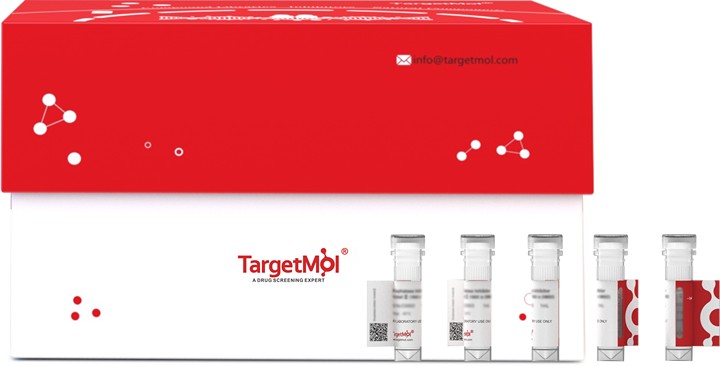Shopping Cart
- Remove All
 Your shopping cart is currently empty
Your shopping cart is currently empty

PRKAG1 Protein, Mouse, Recombinant (His) is expressed in E. coli expression system with N-6xHis tag. The predicted molecular weight is 41.6 kDa and the accession number is O54950.

| Pack Size | Price | Availability | Quantity |
|---|---|---|---|
| 20 μg | $360 | 20 days | |
| 100 μg | $745 | 20 days | |
| 1 mg | $2,530 | 20 days |
| Biological Activity | Activity has not been tested. It is theoretically active, but we cannot guarantee it. If you require protein activity, we recommend choosing the eukaryotic expression version first. |
| Description | PRKAG1 Protein, Mouse, Recombinant (His) is expressed in E. coli expression system with N-6xHis tag. The predicted molecular weight is 41.6 kDa and the accession number is O54950. |
| Species | Mouse |
| Expression System | E. coli |
| Tag | N-6xHis |
| Accession Number | O54950 |
| Amino Acid | MESVAAESSPALENEHFQETPESNNSVYTSFMKSHRCYDLIPTSSKLVVFDTSLQVKKAFFALVTNGVRAAPLWDSKKQSFVGMLTITDFINILHRYYKSALVQIYELEEHKIETWREVYLQDSFKPLVCISPNASLFDAVSSLIRNKIHRLPVIDPESGNTLYILTHKRILKFLKLFITEFPKPEFMSKSLQELQIGTYANIAMVRTTTPVYVALGIFVQHRVSALPVVDEKGRVVDIYSKFDVINLAAEKTYNNLDVSVTKALQHRSHYFEGVLKCYLHETLETIINRLVEAEVHRLVVVDEHDVVKGIVSLSDILQALVLTGGEKKP |
| Construction | 1-330 aa |
| Protein Purity | > 85% as determined by SDS-PAGE. |
| Molecular Weight | 41.6 kDa (predicted) |
| Endotoxin | < 1.0 EU/μg of the protein as determined by the LAL method. |
| Formulation | Tris-based buffer, 50% glycerol |
| Reconstitution | A Certificate of Analysis (CoA) containing reconstitution instructions is included with the products. Please refer to the CoA for detailed information. |
| Stability & Storage | Lyophilized powders can be stably stored for over 12 months, while liquid products can be stored for 6-12 months at -80°C. For reconstituted protein solutions, the solution can be stored at -20°C to -80°C for at least 3 months. Please avoid multiple freeze-thaw cycles and store products in aliquots. |
| Shipping | In general, Lyophilized powders are shipping with blue ice. Solutions are shipping with dry ice. |
| Research Background | AMP/ATP-binding subunit of AMP-activated protein kinase (AMPK), an energy sensor protein kinase that plays a key role in regulating cellular energy metabolism. In response to reduction of intracellular ATP levels, AMPK activates energy-producing pathways and inhibits energy-consuming processes: inhibits protein, carbohydrate and lipid biosynthesis, as well as cell growth and proliferation. AMPK acts via direct phosphorylation of metabolic enzymes, and by longer-term effects via phosphorylation of transcription regulators. Also acts as a regulator of cellular polarity by remodeling the actin cytoskeleton; probably by indirectly activating myosin. Gamma non-catalytic subunit mediates binding to AMP, ADP and ATP, leading to activate or inhibit AMPK: AMP-binding results in allosteric activation of alpha catalytic subunit (PRKAA1 or PRKAA2) both by inducing phosphorylation and preventing dephosphorylation of catalytic subunits. ADP also stimulates phosphorylation, without stimulating already phosphorylated catalytic subunit. ATP promotes dephosphorylation of catalytic subunit, rendering the AMPK enzyme inactive. |

Copyright © 2015-2025 TargetMol Chemicals Inc. All Rights Reserved.